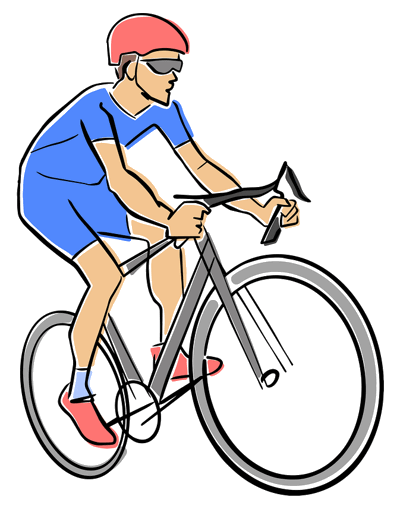 Few sports are ones that look as though anyone could do them whilst actually being significantly more difficult than you’d think quite like cycling. From the moment a small child keeps moving their legs when their parent or guardian has let go of their bike and they pedal away, realising they’ve got the ability to cycle, people can ride bikes in all sorts of circumstances.
Few sports are ones that look as though anyone could do them whilst actually being significantly more difficult than you’d think quite like cycling. From the moment a small child keeps moving their legs when their parent or guardian has let go of their bike and they pedal away, realising they’ve got the ability to cycle, people can ride bikes in all sorts of circumstances.
From a fun family trip down to the beach through to a tricky commute to work, cycling is something that people from all walks of life can try and enjoy.
That is on an entirely different level to competitive cycling, of course, which requires just as much discipline and hard work as any professional sport. It’s also a sport that breaks down into many different categories, from freestyle BMX though to time trialing via mountain bike racing and road bicycle racing, it’s a sport that boasts many different disciplines.
Here we’ll focus mainly on road and track racing, with an article elsewhere on the site concentrating on cycle-cross. We’re predominantly going to be looking at the type of cycling you’d see if you watched the Olympic Games or tuned in to the Tour de France.
Best Bookmaker For Cycling
Bet365

For all major cycling events and competitions you simply cannot beat Bet365 on all counts.
Market depth is second to none, prices are generally the most competitive and if you like to get your wagers in early this is the site that has the most advance ante-post markets.
If you like to bet on more obscure cycling, like BMX or cyclo-cross then it is worth looking at other options with other big bookmakers, but in general for any of the major tours or the Olympics this is your go to cycling bookie.
Betting On Cycling
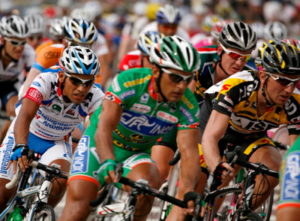 As you might imagine, betting on cycling events can be a complicated affair because of the fact that the disciplines are so wide-ranging. After all, other than the most obvious bets on the outright winner, what bets are similar between track racing and road racing?
As you might imagine, betting on cycling events can be a complicated affair because of the fact that the disciplines are so wide-ranging. After all, other than the most obvious bets on the outright winner, what bets are similar between track racing and road racing?
When it comes to stage events one of the first things you’ll want to explore is betting on the winner of the individual stages. As mentioned elsewhere, the likes of the Tour de France and the Vuelta a España also offer recognition to the best cyclists in different disciplines such as mountain climbing and sprinting, so you can bet on who will win them.
You can bet on markets like top 10 cyclists, but some of the most interesting markets involve betting on how many stages a cyclist will win during the event.
With events such as the Olympics and World Championships you’ll be able to bet on who will qualify from individual events as well as who will win them. You can also often bet on the likes of who will finish in the top 3 and so on.
As with every sport, doing your research is almost as important as figuring out what to bet on. Are certain cyclists better at given events than others? Might there be more value in a bet on who will be King Of The Mountains but not likely to win the competition overall?
The History Of Cycling
Invention of the Bicycle
 The humble bicycle itself dates back to the early part of the 19th century, though a sketch of a device that looks a lot like a bike was believed to have been done by a disciple of Leonardo da Vinci named Gian Giacomo Caprotti in around 1500.
The humble bicycle itself dates back to the early part of the 19th century, though a sketch of a device that looks a lot like a bike was believed to have been done by a disciple of Leonardo da Vinci named Gian Giacomo Caprotti in around 1500.
One thing that we can say with absolute certainty is that a civil servant of the Grand Duke of Baden, Baron Karl von Drais, invented a device named a Laufmaschine in 1817. It became known as a velocipede and was the first commercially viable, steerable machine on two wheels that could be propelled by a human.
The device was soon picked up by others, including Denis Johnson in London who released what he declared to be an improved version in 1818. By the following year riding one of these ‘hobby-horses’ had become the rage in London.
The next major development came in France in 1863 when rotary cranks were added and pedals were put onto the front wheel, creating something that is far more akin to the bicycles that we use today. Having become less popular in the intervening years, the addition of cranks and peddles saw the bike begin to be popular again, not least of all in Paris.
Racing Begins
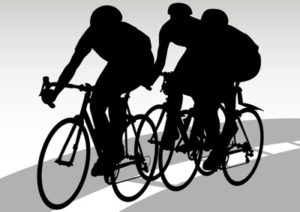 As you might imagine if you know anything about sport and the competitive nature of human beings, not long after the bike was invented was there a desire to race them. The first race that there is official documentation about took place in Paris at the Park of Saint-Cloud on the 31st of May 1868. It was over 1,200 metres and was won by an Englishman living in France by the name of James Moore.
As you might imagine if you know anything about sport and the competitive nature of human beings, not long after the bike was invented was there a desire to race them. The first race that there is official documentation about took place in Paris at the Park of Saint-Cloud on the 31st of May 1868. It was over 1,200 metres and was won by an Englishman living in France by the name of James Moore.
Moore also went on to win the first race that took place between 2 cities, riding the 123 kilometres from Paris to Rouen in a little over 10 hours.
Away from Europe, the first bicycle club to be established in the United States was the St. Louis Cycling Club, which has sponsored a number of races and operated continuously since its foundation in 1887. That might not seem overly significant, but as cycling’s importance grew in Europe at the turn of the century it virtually grounded to a halt in the US.
The Americans preferred automobiles to bikes, with the latter being seen as little more than a child’s toy by the 1920s. It’s significant, therefore, that the St. Louis Cycling Club was able to keep going at a time when it was a grossly unpopular sport in the country.
Bikes & Women
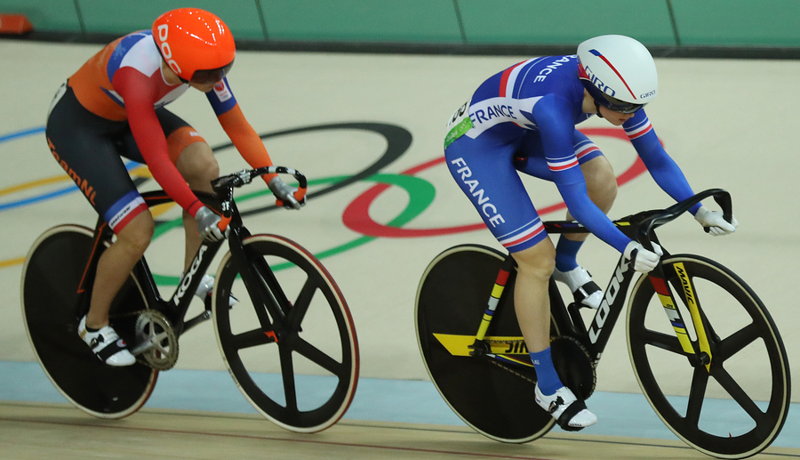
The new bikes had safer steering, more comfort and greater speed, with the design allowing women to ride them for the first time. Such was the extent to which the bikes were seen as important for the ability of women to get around that the American feminist Susan B.
Anthony coined them ‘freedom machines’. Indeed, bicycles were generally considered to be one of the most important devices for the female emancipation movement, giving them mobility like never before.
By the end of the 19th century the bike came to symbolise the ‘new woman’ of the age, with the president of the Women’s Christian Temperance Union, Frances Willard, writing a book entitled ‘How I Learned To Ride the Bicycle’. In it she said, “I would not waste my life in friction when it could be turned into momentum”, encouraging other women to learn to ride.
One part of the movement for women to ride bikes saw the fashion of the time change too. It was difficult to ride whilst wearing the large dresses and restrictive clothing of the late 19th century, so they began to swap corsets and ankle-length skirts and the like for bloomers.
Different Types Of Cycling
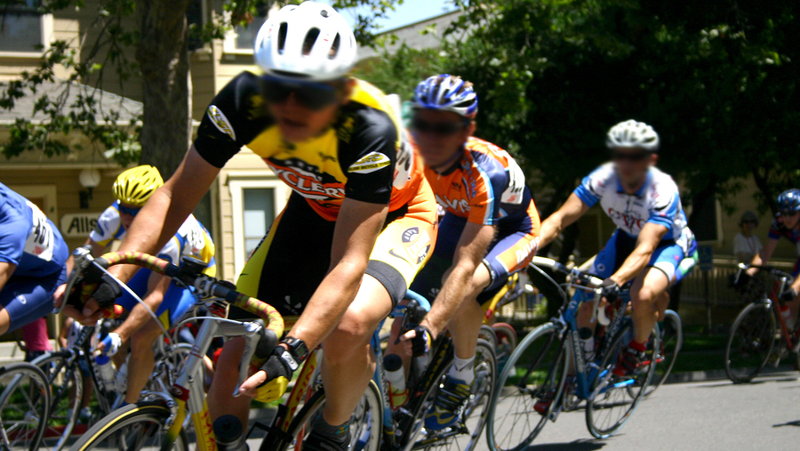
As mentioned in the introduction, cycling is a wide-ranging sport that comes in many different formats. Here’s a look at the main ones we’re interested in:
Road Racing
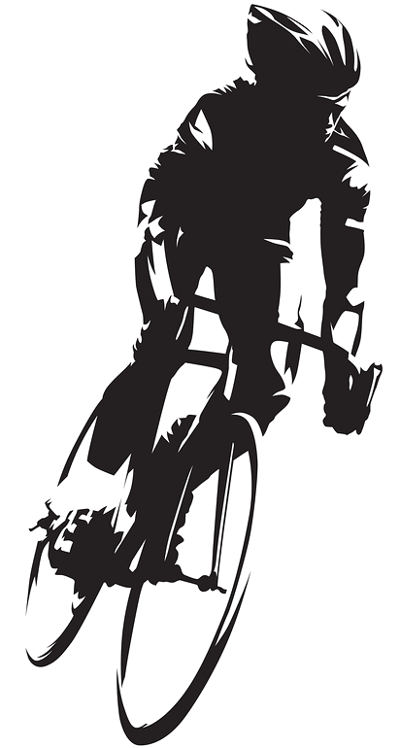 The competitive world of road cycling might have begun in 1868 with the race at the Park of Saint-Cloud in Paris, but it has developed beyond all recognition since then. Even so, it is the events that were formed across Europe during the 19th century that remain some of the biggest in the sport.
The competitive world of road cycling might have begun in 1868 with the race at the Park of Saint-Cloud in Paris, but it has developed beyond all recognition since then. Even so, it is the events that were formed across Europe during the 19th century that remain some of the biggest in the sport.
The Liège–Bastogne–Liège was established in 1892, for example, with the Tour de France coming along in 1903. Belgium, France and Italy were the keenest cyclists in the sport’s more formative years, with the likes of Denmark, Germany and Spain only really getting involved after the Second World War.
Professional racing was mainly restricted to the countries of Western Europe in the early years, not becoming a more global enterprise until the 1980s. The Union Cycliste Internationale was formed in 1900 and is the governing body for cycling, but it wasn’t until towards the end of the 20th century that professional and semi-professional events began to be organised around the globe.
The exception that proves the rule on that front comes in the form of the Summer Olympics Games, which has included cycling ever since the modern version of the Games started in 1896.
There are even different disciplines within road racing, with the following being the most popular:
Single-Day Events
Just because a cycling event takes place over a single day doesn’t mean that it’s not a gruelling and challenging affair. They can last for as long as 180 miles and can involve the competitors moving from one location to another, lapping the same circuit or doing a combination of both.
Races that take place over a small circuit are known as criteriums, with other races offering a handicap to level the playing field.
Time Trials
Time trials can be either individual time trials, in which solo cyclists race against the clock, or team time trials that see members of a team do the same thing.
The competitors can start the race at different times because they’re only racing against the clock rather than directly against each other. Races can range in terms of distance from less than 5 miles to up to 60 miles.
Stage Races
This is the sort of race that you’ll have seen if you’ve ever turned into something like the Tour de France. There are a number of races that take place consecutively, known as stages.
The cyclist that completes the race with the lowest cumulative time is the overall winner, though the individual stages often have winners too.
Ulta-Marathon Races
These events usually involve the clock running right the way through and are single stage events. They often last for several days and the riders choose when to take their own breaks.
Examples of these sorts of races include the Race Across America, which is competed over around 3,000 miles in around a week and the Transcontinental Race that takes place over approximately 3,200 miles.
Track Cycling
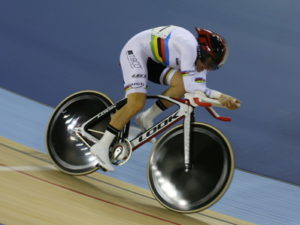 If you’ve ever watched cycling at the Olympics then it’s likely that you’ve been watching track cycling.
If you’ve ever watched cycling at the Olympics then it’s likely that you’ve been watching track cycling.
These events are held in specialist arenas known as velodromes, which have banked tracks and are raced on with specialist bikes.
The discipline has been around since 1870 and has become a onto a par with road cycling in recent years.
The following individual events are common:
Sprint Races
These tend to be somewhere between 8 and 10 laps in distance and are about the cyclist’s ability to balance their raw power and race-winning tactics. There are four main sprint events:
- Track Time Trial
- Keirin
- Team Sprint
- Sprint
They each have their own intricacies and excitement.
Endurance Races
As the name suggests, these are held over longer distances than their sprint counterparts. Whilst the ability to sprint when it matters remains important, this is far more about how much the riders can endure.
The length varies depending on the event, with Madison races lasting up to 120 laps but most coming in at around the 12 to 16 lap mark. As with sprint racing, there are a number of different events as follows:
- Team Pursuit
- Individual Pursuit
- Points Race
- Scratch Race
- Madison
- Handicap or Hare & Hounds
- Omnium
- Miss & Out (Sometimes known as Devil Take the Hindmost)
Major Cycling Events and Tours
Once again it’s important to look at the major events in cycling according to their different disciplines, with road cycling offering entirely different things to track cycling.
Here are a selection of the biggest competitions for each:
Road Cycling
Tour de France
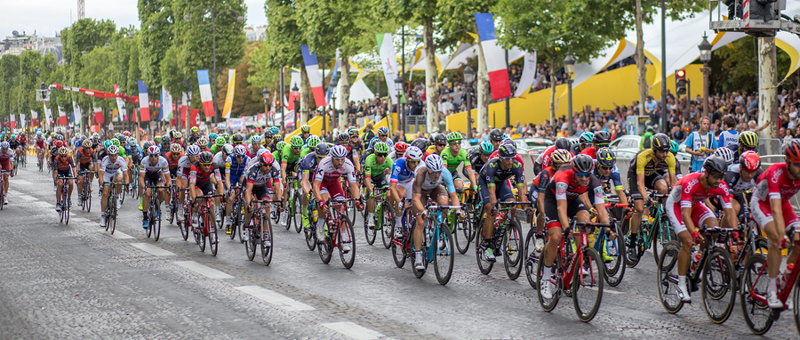
Where also to start but with the Tour de France? Arguably the most famous racing competition in the world, the Tour began in 1903 and was originally a plan to increase sales of the daily newspaper L’Auto.
The event typically takes place in July and sees 20 to 22 teams with 8 riders in each of them. There are 21 stages across 23 days and the rider with the best cumulative time at the end is declared the winner.
Giro d’Italia
Seeing the success of the Tour de France at raising the profile of L’Auto, La Gazzetta dello Sport in Italy decided to set up a road race of their own in 1909.
Usually held between late May and early June, it matches the Tour de France in being a 21-stage event set over 23 days. The rider that boasts the lowest aggregate time at the end of the Tour is the winner.
Vuelta a España
The final race in what is known as the Grand Tours is the Vuelta a España. Though it was first organised in 1935, it didn’t take place every year after that because of both the Spanish Civil War and the Second World War. It matches the other to Grand Tour races by seeing 21 stages raced over 23 days, with the ultimate victor being the rider with the best cumulative time at its conclusion
With all 3 of the Grand Tour races there is an ultimate winner, but the individual winners of each stage are recognised, as are the best sprinters, mountain climbers all-rounders and junior riders as well as the best teams.
UCI World Tour
This isn’t one race but rather a road cycling tour organised by the Union Cycliste Internationale. It has been taking place since 2009 and there are 38 events organised throughout the year. There is also a UCI Women’s World Tour that was founded in 2016.
Track Cycling
The Olympic Games
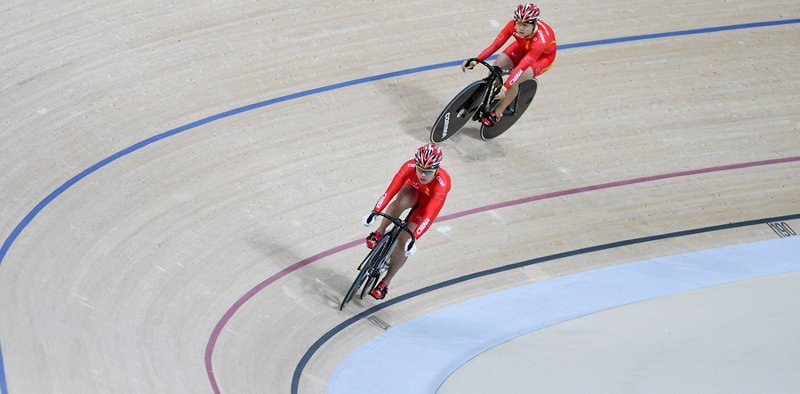
Whilst there are road races that take place during the Olympics, there’s no question that it is better known for its track cycling disciplines. As of 2018 there are 10 events that are part of the Olympic program, with 5 for men and 5 for women.
Two of them are road races, 1 a mountain bike race and 1 a BMX event whilst the other 5 are track events. These are:
- Sprint
- Team Sprint
- Keirin
- Team Pursuit
- Omnium
UCI Track Cycling World Championships
This event takes place every year in either March or April, with 20 events taking place across the course of the meeting. As with the Olympics the split is equal between men and women, with each sex getting 10 events apiece.
It has been taking place since the first event in Chicago in 1893 and is regulated by the Union Cycliste Internationale. The events are:
- Men’s 1 km Time Trial
- Women’s 500 m Time Trial
- Men & Women’s Individual Pursuit
- Men & Women’s Team Pursuit
- Men & Women’s Keirin
- Men & Women’s Madison
- Men & Women’s Omnium
- Men & Women’s Points Race
- Men & Women’s Scratch
- Men & Women’s Sprint
- Men & Women’s Team Sprint
UCI Track Cycling World Cup
All sports worth their salt have a World Cup and cycling is no exception. As with the Track Cycling World Championship, this one is the organisational responsibility of the Union Cycliste Internationale. It has been taking place since 1993 and usually occurs between October and the February of the following year.
It is typically split up into different rounds with each round taking place in a different country. Open to both national and trade teams, it is usually based across between 3 and 6 rounds.
